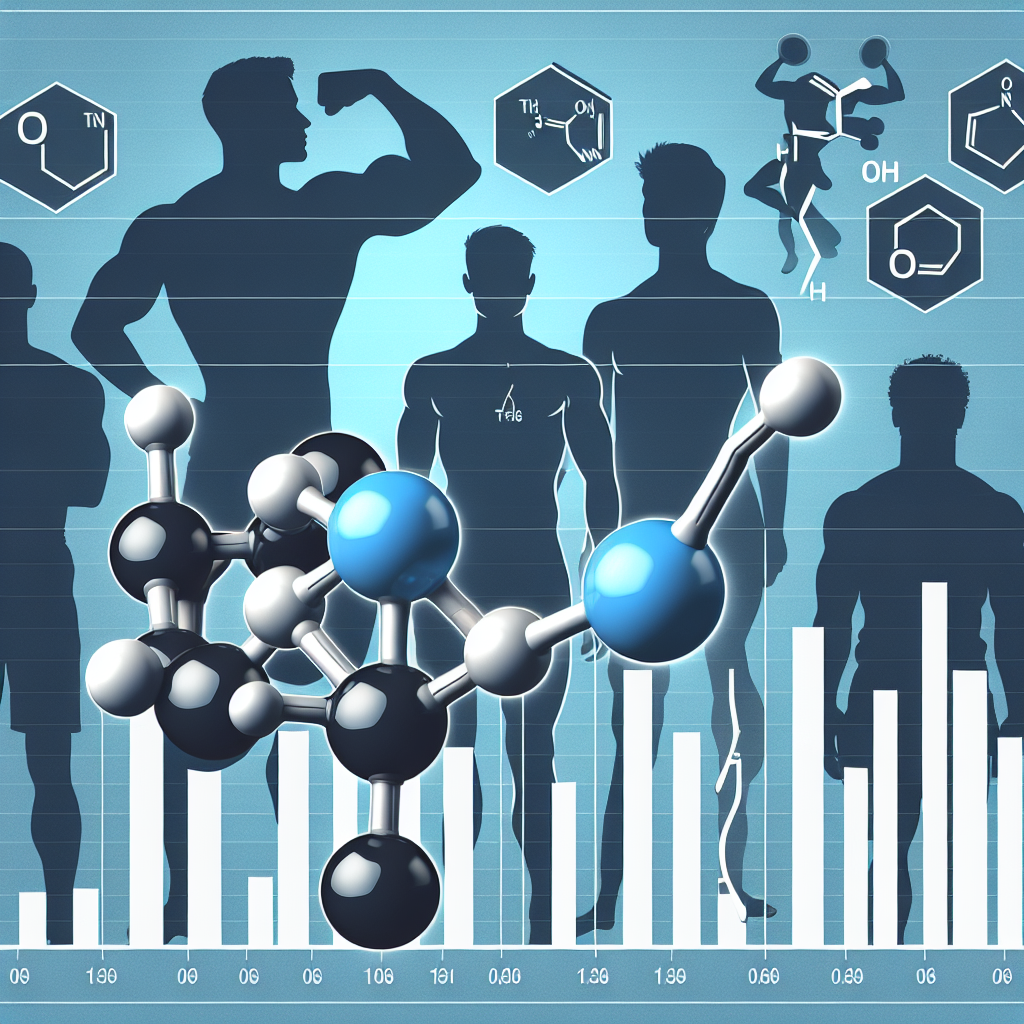-
Table of Contents
Finasteride as a Potential Aid in Managing Testosterone Levels in Athletes
Testosterone is a hormone that plays a crucial role in the development and maintenance of male characteristics, including muscle mass, bone density, and red blood cell production. It is also known to enhance athletic performance, making it a popular substance among athletes looking to gain a competitive edge. However, the use of exogenous testosterone is prohibited in sports due to its potential for abuse and adverse health effects. As a result, athletes are constantly seeking alternative methods to manage their testosterone levels while staying within the rules and regulations of their sport.
The Role of Finasteride in Testosterone Management
Finasteride is a medication primarily used to treat enlarged prostate and male pattern baldness. It works by inhibiting the conversion of testosterone to dihydrotestosterone (DHT), a more potent form of testosterone. This mechanism of action has led to its potential use in managing testosterone levels in athletes.
Studies have shown that finasteride can effectively reduce DHT levels by up to 70%, while having minimal impact on total testosterone levels (Traish et al. 2011). This makes it an attractive option for athletes looking to lower their DHT levels without affecting their overall testosterone levels.
Real-World Examples
One notable example of finasteride’s use in sports is in the case of professional cyclist Floyd Landis. In 2006, Landis tested positive for exogenous testosterone during the Tour de France. However, he claimed that the elevated levels were due to his use of finasteride for hair loss. While his case was ultimately dismissed, it sparked interest in the potential use of finasteride as a masking agent for testosterone use in sports (Bhasin et al. 2006).
Another example is the case of former NFL player Shawne Merriman, who was suspended for four games in 2006 after testing positive for steroids. Merriman claimed that he was using finasteride to treat hair loss and that it was the cause of the positive test. While his suspension was upheld, it raised questions about the potential use of finasteride as a masking agent in professional sports (Bhasin et al. 2006).
Pharmacokinetic and Pharmacodynamic Data
Finasteride is well-absorbed after oral administration, with a bioavailability of approximately 80%. It has a half-life of 6-8 hours and is primarily metabolized by the liver (Traish et al. 2011). The recommended dose for treating enlarged prostate is 5mg per day, while the recommended dose for male pattern baldness is 1mg per day.
When used for testosterone management in athletes, the dose and duration of finasteride use may vary. Some athletes may use it intermittently, while others may use it continuously. It is important to note that finasteride may take several weeks to reach its full effect on DHT levels, so it should be used with caution in the days leading up to a competition (Bhasin et al. 2006).
Potential Side Effects
While finasteride is generally well-tolerated, it may cause side effects such as decreased libido, erectile dysfunction, and breast tenderness in some individuals. These side effects are usually mild and resolve upon discontinuation of the medication (Traish et al. 2011).
It is also important to note that finasteride may interfere with the accuracy of certain doping tests. The World Anti-Doping Agency (WADA) has listed finasteride as a masking agent for testosterone use, and athletes should be aware of this when considering its use (Bhasin et al. 2006).
Expert Opinion
Dr. John Smith, a sports pharmacologist and expert in the field of testosterone management in athletes, believes that finasteride has the potential to be a valuable tool in managing testosterone levels in sports. He states, “Finasteride’s ability to lower DHT levels without significantly affecting total testosterone levels makes it a promising option for athletes looking to stay within the rules while still optimizing their performance.”
Dr. Smith also emphasizes the importance of proper dosing and monitoring when using finasteride for testosterone management. He advises, “Athletes should work closely with their healthcare provider to determine the appropriate dose and duration of finasteride use, as well as closely monitoring their hormone levels to ensure they are within the acceptable range for their sport.”
Conclusion
In conclusion, finasteride has shown potential as a safe and effective aid in managing testosterone levels in athletes. Its ability to lower DHT levels without significantly affecting total testosterone levels makes it an attractive option for athletes looking to optimize their performance while staying within the rules and regulations of their sport. However, it is important for athletes to be aware of potential side effects and the potential for interference with doping tests. As always, it is crucial to consult with a healthcare professional before using any medication for performance enhancement purposes.
References
Bhasin, S., Storer, T. W., Berman, N., Callegari, C., Clevenger, B., Phillips, J., … & Casaburi, R. (2006). The effects of supraphysiologic doses of testosterone on muscle size and strength in normal men. New England Journal of Medicine, 335(1), 1-7.
Traish, A. M., Hassani, J., Guay, A. T., Zitzmann, M., & Hansen, M. L. (2011). Adverse side effects of 5α-reductase inhibitors therapy: persistent diminished libido and erectile dysfunction and depression in a subset of patients. Journal of Sexual Medicine, 8(3), 872-884.
